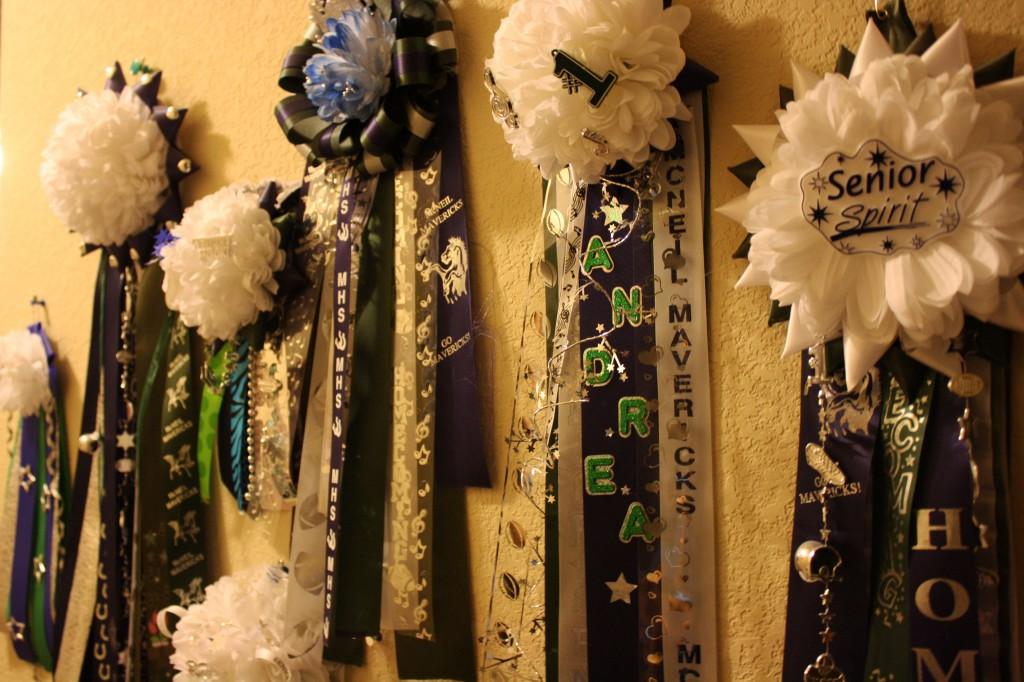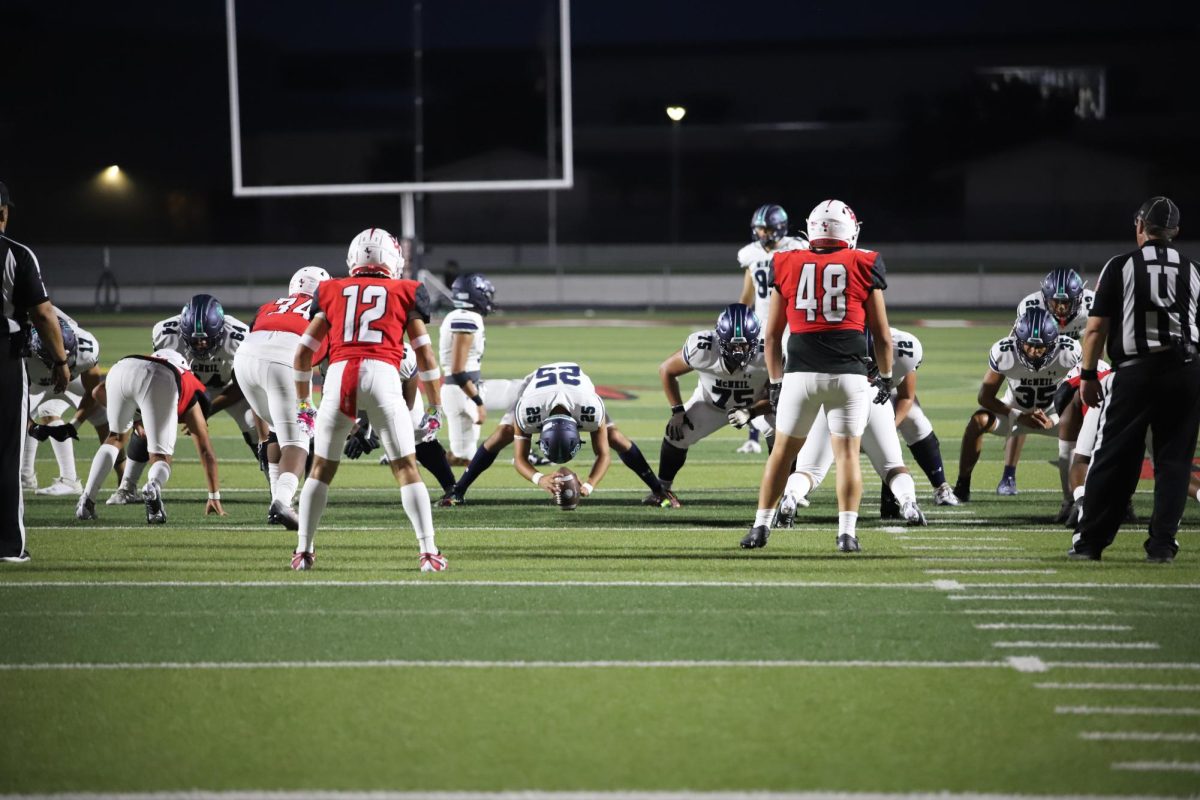Homecoming has arrived. And along with homecoming spirit days, the game, the carnival, the pep rally and the dance, there are the mums.Mums have been around for centuries, starting first as medicine in China using the flower named the chrysanthemum. Next they traveled to Japan, where the beauty of the chrysanthemum was recognized in the elite class as the emperor’s seal and then the Imperial Order of the Chrysanthemum came to be the highest Order of Chivalry. Japan made a big deal out of the chrysanthemums, they hosted a mum festival called the Festival of Happiness for Chrysanthemum Day.Chrysanthemums made their way into the West around the colonial times and the 17th Century. In 1753 Karl Linnaeus described the chrysanthemum as a “gold flower” using his plant taxonomy to translate the root words. In the United States, the chrysanthemum was grown into different, beautiful colors, shapes, and sizes. Back then mums were not handed out to girlfriends or friends, but were known as the “Queen of the Fall Flowers.”
Texas mum history began in the 1930s at a homecoming football game: boyfriends gave their girlfriends the first mums as corsages. These corsages were not like today, rather they had the chrysanthemum flower on them, Girls competed for popularity status with the number of flowers presented to them. Mums were rare back then so anyone who received one was flattered. With the addition of silk flower, ribbons, streamers, stickers, school activities, and school colors, mums became widely popular and common.
Friends, boyfriends and girlfriends all make and receive mums or garters as part of the homecoming game tradition.. Friends give one another mums as appreciation of the friendship. Boys give girls mums as a way to impress them or simply for going to the dance with them. Girls give boys garters as the male version of mums in exchange for the mum.
“I like [to make mums to] let my friends know that I care about them,” sophomore Riley Mattson said.





